Hello everyone, today Susan is here to answer some questions about water purifier equipment. I hope it can be helpful to you.
 In the little moments of life, we often overlook those subtle but crucial existences.
Just like the water purifier at home - especially the thin layer of reverse osmosis membrane (RO membrane).
In the little moments of life, we often overlook those subtle but crucial existences.
Just like the water purifier at home - especially the thin layer of reverse osmosis membrane (RO membrane).
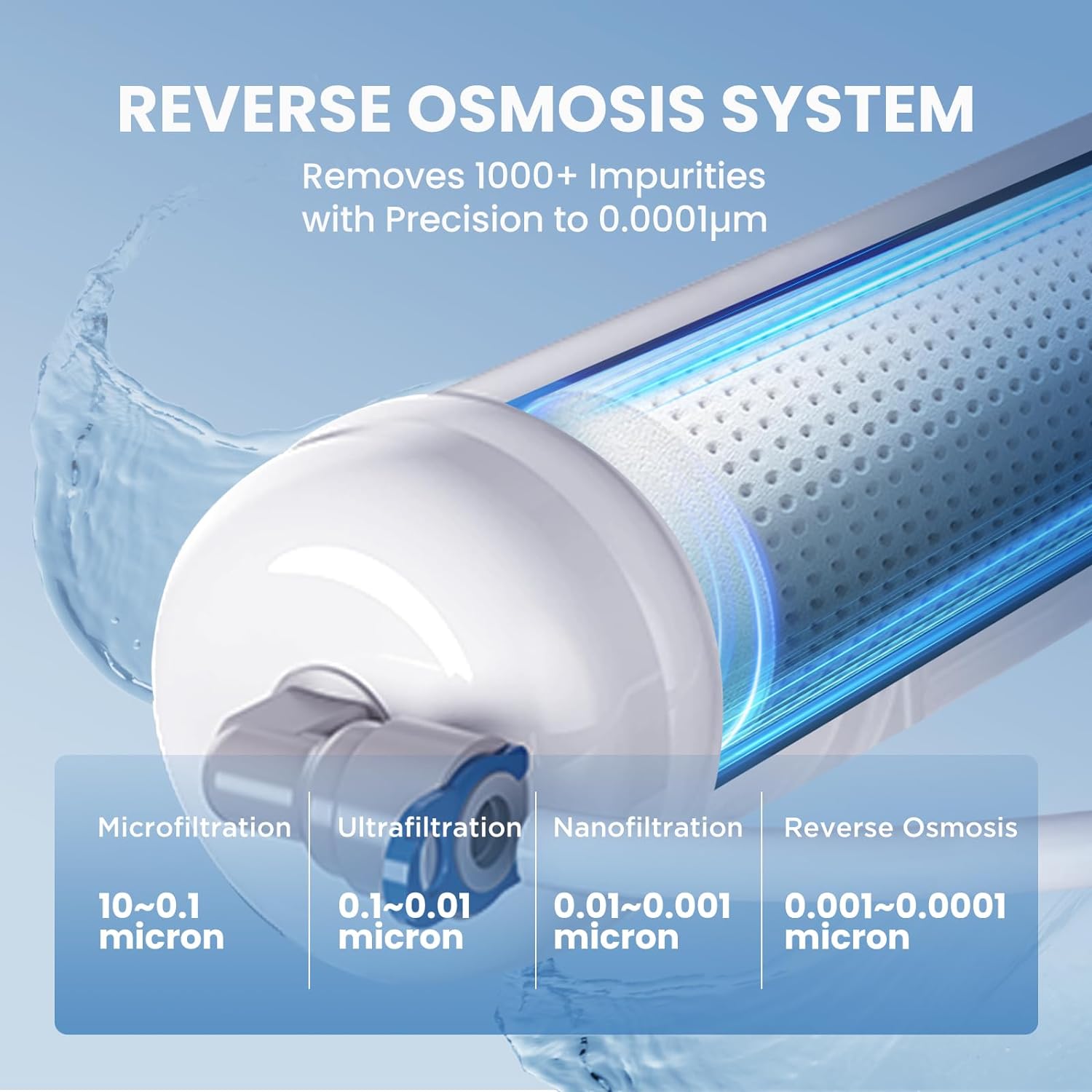 In the little things of life, we often overlook the existence of small but vital things. Just like the water purifier at home - especially the thin reverse osmosis membrane (RO membrane). It silently shoulders the responsibility of filtering harmful impurities from the water, ensuring that every drop of water flowing into our cup is clear and pure.
In the little things of life, we often overlook the existence of small but vital things. Just like the water purifier at home - especially the thin reverse osmosis membrane (RO membrane). It silently shoulders the responsibility of filtering harmful impurities from the water, ensuring that every drop of water flowing into our cup is clear and pure.
 However, just as heroes sometimes need to rest, these unsung heroes also need our care and maintenance: regular cleaning or replacement.
However, just as heroes sometimes need to rest, these unsung heroes also need our care and maintenance: regular cleaning or replacement.
 First of all, we need to understand that the working principle of the reverse osmosis membrane is that its tiny pores can block almost all salts, minerals and most organic pollutants.
When water flows through this membrane, only the purest water can pass through, while other substances are left in place.
But this process is not once and for all, but a constant "battle", which gradually makes it tired and polluted.
Over time, the trapped impurities will accumulate on the surface of the membrane to form a layer of dirt, which is like a city's garbage disposal site gradually overloaded and eventually unable to accommodate more waste. In this way, the originally fine channels will be blocked, resulting in a decrease in water flow or even a complete stop; even worse, the retained pollutants may reverse osmosis and re-mix into the purified water source. So how to avoid this disaster?
First of all, we need to understand that the working principle of the reverse osmosis membrane is that its tiny pores can block almost all salts, minerals and most organic pollutants.
When water flows through this membrane, only the purest water can pass through, while other substances are left in place.
But this process is not once and for all, but a constant "battle", which gradually makes it tired and polluted.
Over time, the trapped impurities will accumulate on the surface of the membrane to form a layer of dirt, which is like a city's garbage disposal site gradually overloaded and eventually unable to accommodate more waste. In this way, the originally fine channels will be blocked, resulting in a decrease in water flow or even a complete stop; even worse, the retained pollutants may reverse osmosis and re-mix into the purified water source. So how to avoid this disaster?
 The answer is simple: regular cleaning and timely replacement.
Regular cleaning can help remove sediment and maintain the permeability of the membrane;
If you wait until the scale has affected the water quality before taking action, it may be too late, and you need to replace a new reverse osmosis membrane to restore the system's performance.
The answer is simple: regular cleaning and timely replacement.
Regular cleaning can help remove sediment and maintain the permeability of the membrane;
If you wait until the scale has affected the water quality before taking action, it may be too late, and you need to replace a new reverse osmosis membrane to restore the system's performance.
 Moreover, such maintenance is not only related to equipment performance, but also directly related to the safety of drinking water. Healthy drinking habits are part of our pursuit of a better life, so we should treat this investment as carefully and meticulously as we take care of the garden.
Moreover, such maintenance is not only related to equipment performance, but also directly related to the safety of drinking water. Healthy drinking habits are part of our pursuit of a better life, so we should treat this investment as carefully and meticulously as we take care of the garden.
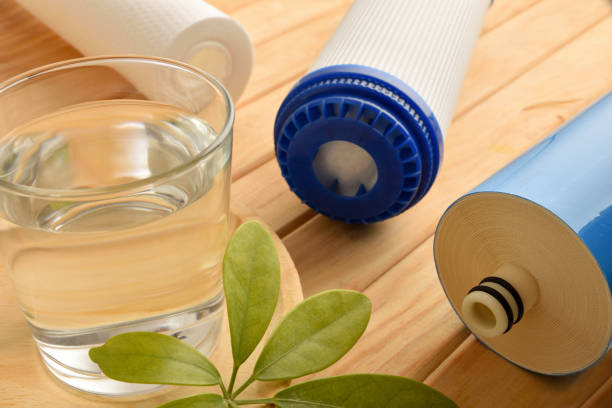 I hope this article can help you. If you have other questions about water treatment, please leave a message in the comment area; if you want to learn more about water purifiers, or want to buy various related home, commercial, and industrial water purifier equipment, you can contact me through the business card contact information below, and I will reply as soon as possible.
Thank you for reading and wish you a happy life!
I hope this article can help you. If you have other questions about water treatment, please leave a message in the comment area; if you want to learn more about water purifiers, or want to buy various related home, commercial, and industrial water purifier equipment, you can contact me through the business card contact information below, and I will reply as soon as possible.
Thank you for reading and wish you a happy life!
In the little moments of life, we often overlook those subtle but crucial existences. Just like the water purifier at home - especially the thin layer of reverse osmosis membrane (RO membrane).
In the little things of life, we often overlook the existence of small but vital things. Just like the water purifier at home - especially the thin reverse osmosis membrane (RO membrane). It silently shoulders the responsibility of filtering harmful impurities from the water, ensuring that every drop of water flowing into our cup is clear and pure.
However, just as heroes sometimes need to rest, these unsung heroes also need our care and maintenance: regular cleaning or replacement.
First of all, we need to understand that the working principle of the reverse osmosis membrane is that its tiny pores can block almost all salts, minerals and most organic pollutants. When water flows through this membrane, only the purest water can pass through, while other substances are left in place. But this process is not once and for all, but a constant "battle", which gradually makes it tired and polluted. Over time, the trapped impurities will accumulate on the surface of the membrane to form a layer of dirt, which is like a city's garbage disposal site gradually overloaded and eventually unable to accommodate more waste. In this way, the originally fine channels will be blocked, resulting in a decrease in water flow or even a complete stop; even worse, the retained pollutants may reverse osmosis and re-mix into the purified water source. So how to avoid this disaster?
The answer is simple: regular cleaning and timely replacement. Regular cleaning can help remove sediment and maintain the permeability of the membrane; If you wait until the scale has affected the water quality before taking action, it may be too late, and you need to replace a new reverse osmosis membrane to restore the system's performance.
Moreover, such maintenance is not only related to equipment performance, but also directly related to the safety of drinking water. Healthy drinking habits are part of our pursuit of a better life, so we should treat this investment as carefully and meticulously as we take care of the garden.
I hope this article can help you. If you have other questions about water treatment, please leave a message in the comment area; if you want to learn more about water purifiers, or want to buy various related home, commercial, and industrial water purifier equipment, you can contact me through the business card contact information below, and I will reply as soon as possible. Thank you for reading and wish you a happy life!
 How to choose a filtered water purifier: help you buy the best water purifier! Keep your water as pure as it can be!
How to choose a filtered water purifier: help you buy the best water purifier! Keep your water as pure as it can be!
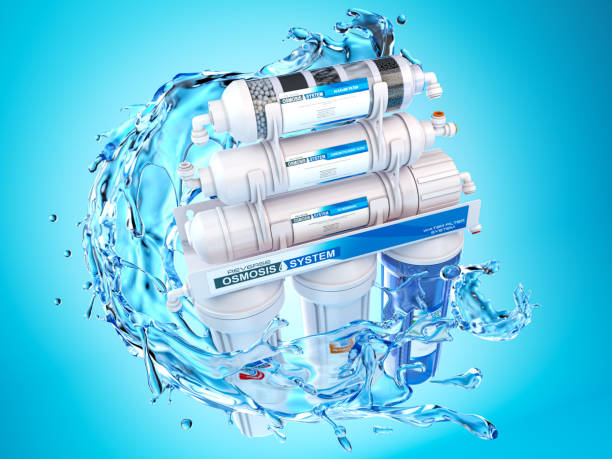 Analysis and solutions to the causes of reverse osmosis membrane fouling
Analysis and solutions to the causes of reverse osmosis membrane fouling
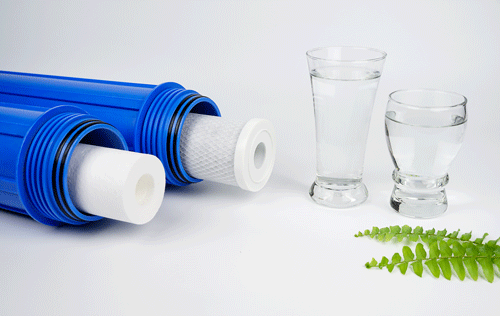 Do you know how to extend the life of your reverse osmosis membrane?
Do you know how to extend the life of your reverse osmosis membrane?
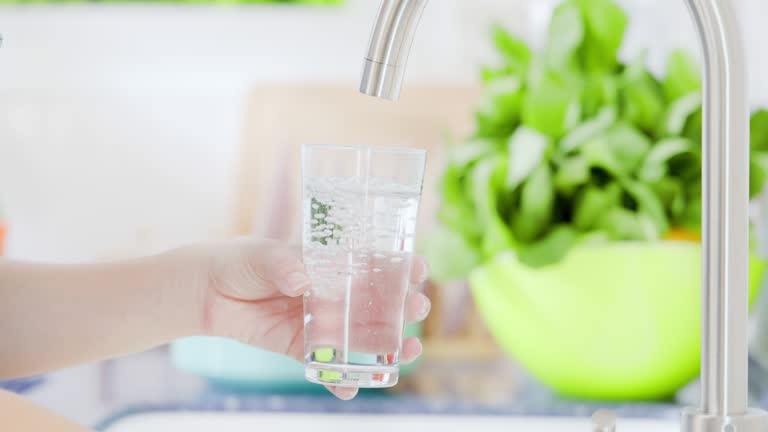 How much do you know about ultrafiltration technology and ultrafiltration membranes?? Ultrafiltration Knowledge Points Collection, you deserve it!
How much do you know about ultrafiltration technology and ultrafiltration membranes?? Ultrafiltration Knowledge Points Collection, you deserve it!